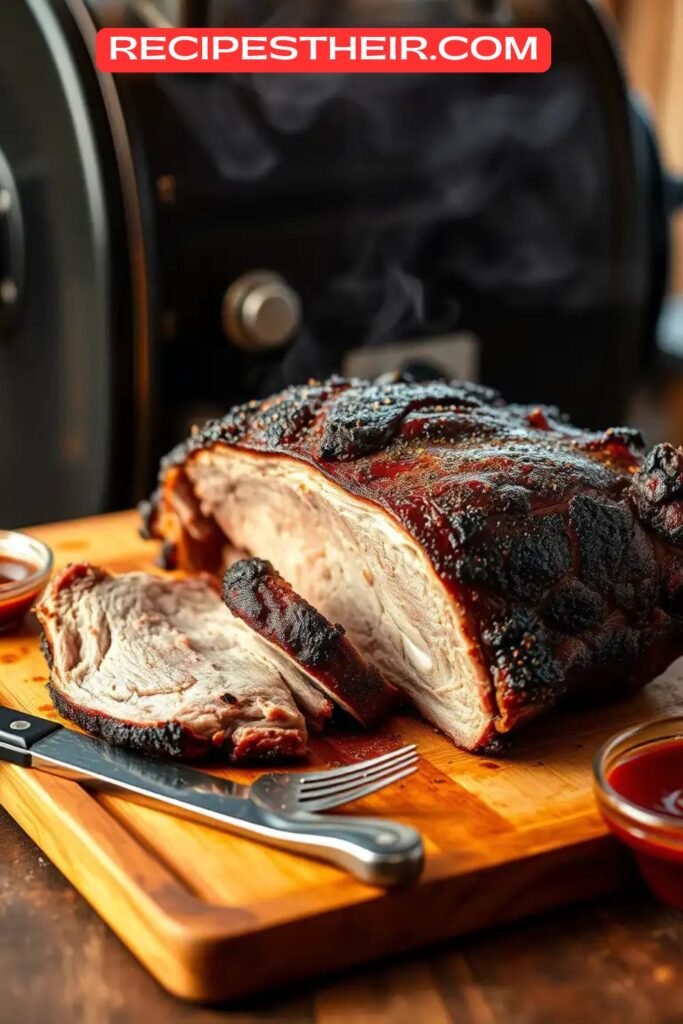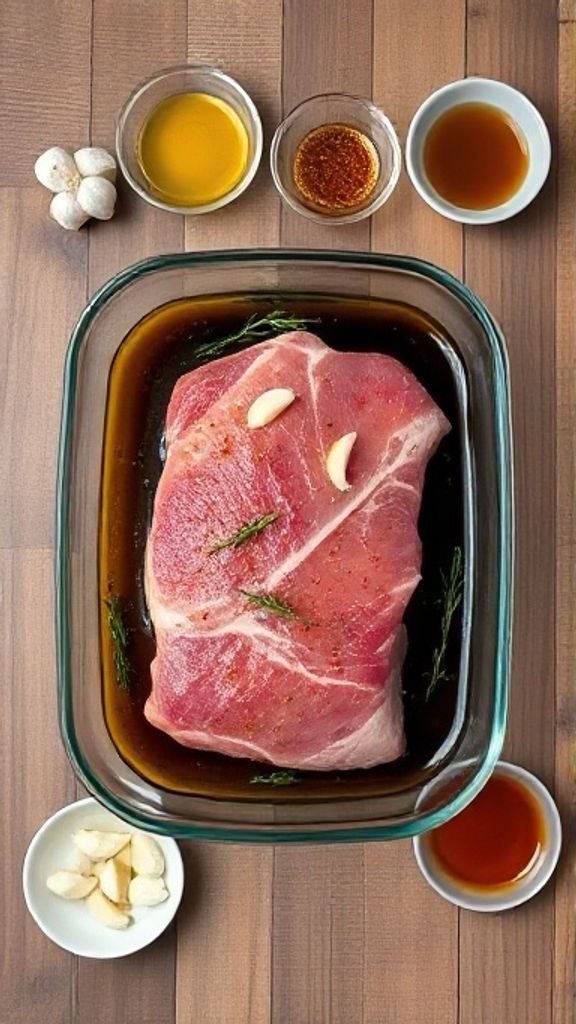If you’re planning a backyard barbecue or just want to perfect your smoked pork shoulder recipe, one of the first questions that comes to mind is: how long to smoke pork shoulder per pound? This popular cut of meat is flavorful, budget-friendly, and perfect for slow smoking. But when it comes to timing, getting it right is key to that tender, pull-apart texture everyone loves.
In this detailed guide, we’ll break down everything you need to know about smoking pork shoulder, including ideal cook times per pound, smoking temperatures, meat preparation tips, and how to know when it’s truly done.

What Is Pork Shoulder?
Before diving into cook times, it’s important to understand what pork shoulder is. Also known as “picnic shoulder” or “picnic roast,” this cut comes from the upper part of the pig’s front leg. It’s slightly tougher than pork butt (which comes from above the shoulder), but equally delicious when cooked low and slow.
So, How Long to Smoke Pork Shoulder Per Pound?

The golden rule is:
Smoke pork shoulder at 225°F for 1.5 to 2 hours per pound.
Here’s a quick breakdown:
- 4 lb pork shoulder → 6 to 8 hours
- 6 lb pork shoulder → 9 to 12 hours
- 8 lb pork shoulder → 12 to 16 hours
- 10 lb pork shoulder → 15 to 20 hours
Keep in mind, these are estimates. Several factors can affect cooking time including:
- The consistency of your smoker’s temperature
- The type of smoker you’re using
- The specific cut and fat content of the meat
- Weather conditions if you’re smoking outdoors
Ideal Internal Temperature for Smoked Pork Shoulder

No matter the size, your pork shoulder is done when it hits an internal temperature of 195°F to 205°F. That’s the sweet spot where connective tissue breaks down and the meat becomes fall-apart tender.
Always use a meat thermometer or probe to monitor internal temperature. Don’t rely only on time!
Smoking Temperature Matters
Smoking at different temperatures changes the cooking time dramatically:
- At 225°F → 1.5 to 2 hours per pound
- At 250°F → 1 to 1.5 hours per pound
- At 275°F → 45 minutes to 1 hour per pound (though less ideal for low-and-slow flavor)
225°F is widely considered the best smoking temperature for pork shoulder. It ensures a good smoke ring, a deep bark (crust), and thoroughly tender meat.
How To Prep Pork Shoulder for Smoking

- Trim Excess Fat: Leave a thin layer of fat for moisture, but remove thick chunks that won’t render down.
- Dry Rub: Use a homemade or store-bought dry rub. Include salt, pepper, paprika, brown sugar, garlic powder, and cayenne for balanced flavor.
- Let It Rest: Rub the seasoning on the pork shoulder and let it rest overnight in the fridge for deep flavor penetration.
- Bring to Room Temperature: Let it sit out for about 30–60 minutes before putting it in the smoker.
To Wrap or Not to Wrap?
Many pitmasters swear by the “Texas Crutch” method — wrapping the pork shoulder in foil or butcher paper once it hits around 160°F internal temperature. This helps it power through the dreaded stall, a period where the internal temperature plateaus for hours.
Pros of Wrapping:
- Shortens cook time
- Keeps meat juicy
- Prevents too much smoke absorption
Cons:
- Bark may soften slightly
- You might lose some smoky flavor
If bark is important to you, skip the wrap. Or unwrap it for the final hour to re-crisp the crust.
Resting Time Is Crucial
After smoking, always let the pork shoulder rest for at least 30–60 minutes, wrapped in foil or in a cooler. This lets the juices redistribute and keeps the meat moist.
Skimping on resting time can result in dry meat, even after hours of perfect smoking.
Best Wood for Smoking Pork Shoulder
Choosing the right wood is a game-changer. Here are some top choices:
- Hickory – Strong and smoky, classic for pork
- Apple – Mild and sweet, pairs great with pork’s natural flavor
- Cherry – Slightly sweet and adds a deep color to the bark
- Oak – Balanced and slow-burning, great for longer smokes
- Maple – Mild and slightly sweet, a good secondary wood
Avoid softwoods like pine or cedar — they can ruin the flavor and make the meat bitter.
Tips for Perfect Smoked Pork Shoulder

- Use a water pan in your smoker to maintain moisture.
- Avoid peeking — opening the smoker frequently drops the temperature.
- Use a reliable meat thermometer (instant-read or probe style).
- Don’t rush it — smoking is all about patience.
- Shred while warm — it’s easier to pull the pork right after resting.
What To Do If You Hit the Stall
When the internal temp stalls around 150–170°F, it can last for hours. Don’t panic. It’s normal.
Here’s what you can do:
- Be patient and let it ride out.
- Or, wrap it tightly in foil to speed up the process (Texas Crutch).
- Increase your smoker temp slightly to 250°F if you’re in a time crunch.
How To Store Leftovers
Smoked pork shoulder stores beautifully and makes for amazing leftovers.
- Refrigerator: Up to 4 days in an airtight container
- Freezer: Up to 3 months, wrapped tightly and sealed
To reheat: Add a splash of broth or BBQ sauce, cover with foil, and warm in the oven at 300°F until heated through.
Delicious Serving Ideas
Once you’ve nailed the timing and smoked a perfect pork shoulder, it’s time to serve it up! Here are some ideas:
- Pulled Pork Sandwiches with coleslaw
- Tacos with pickled onions and cilantro
- BBQ Nachos loaded with cheese and jalapeños
- Pork Sliders with spicy mustard
- Pork-Stuffed Baked Potatoes for a hearty meal
Final Thoughts: Mastering the Timing
In Conclusion, when it comes to figuring out how long to smoke pork shoulder per pound, there’s no exact formula — but you can get close with the 1.5 to 2 hours per pound guideline at 225°F. Use a thermometer, trust your instincts, and give the meat the time it needs.






